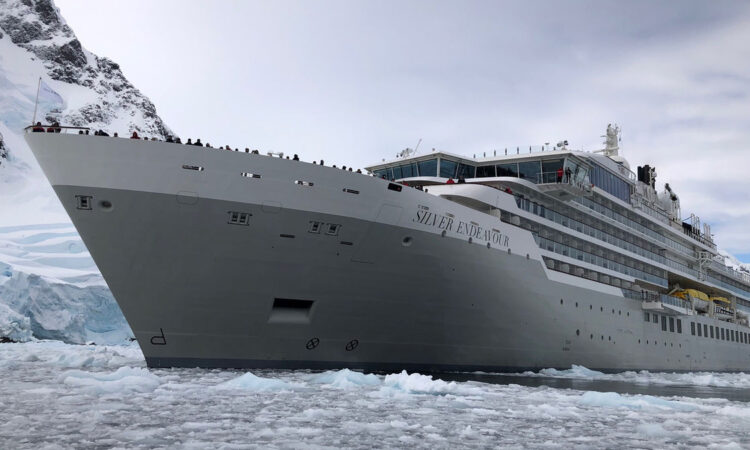Although expedition cruising represents a sliver of the cruise industry, a recent survey of travel advisors indicates it has strong potential for producing repeat cruisers.
That’s important for a sector that has grown to a record 81 ships this year, from 18 different lines and travel suppliers. With that growth, the number of passengers who have sailed on an expedition ship has more than doubled from 2016 to 2022, according to CLIA.
In an October survey by travel insurer Allianz Partners USA of 9,000 advisors who offer its travel protection products, travel advisors were asked if clients who had sailed on an expedition cruise would book another expedition sailing. Here’s how they responded:
- 42% indicated their clients would “definitely yes” book another expedition cruise
- 39% said “probably yes”
- 17% indicated they “might or might not”
No advisors said “probably not” or “definitely no.”
Meanwhile, interest in immersion is growing, the survey found. Nearly two out of five advisors (38%) reported they have gauged more interest from their clients in cruises that include “immersion” and “exploration.”
Those trending interests are in lockstep with the promise of expedition cruising, and the data appears to show the wind is at this sector’s back. While expedition demand is often driven by a desire to see icy polar regions — chiefly Antarctica — expedition cruise lines are offering new regions for their guests to explore, such as the Galapagos, the Kimberley region in Australia, West Africa and Papua New Guinea.
I wrote last month about the varied and growing list of destinations for expedition lines. Bob Simpson, vice president of expeditions and product development for Silversea Cruises, told me that it had developed shoulder-season itineraries for repeaters – and that past expedition guests are often the most eager for additional options.
“Whenever we have the opportunity to develop new itineraries, and especially during the months ‘between the poles,'” he said, “we find that our past travelers will gravitate to any new exploration itineraries and, in fact, are typically the first to sign up.”
Source: Read Full Article

